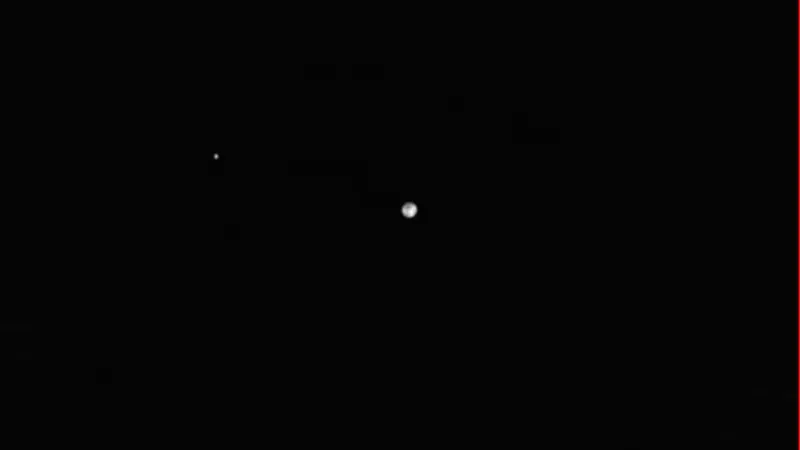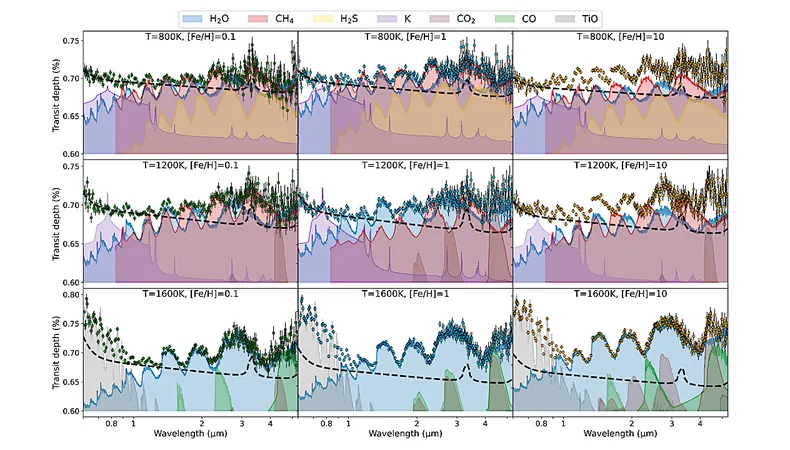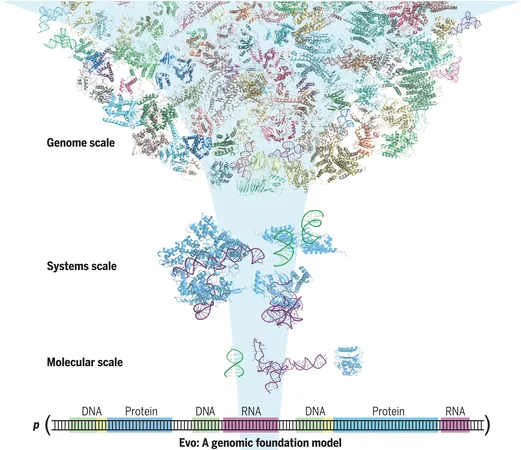
Awe-Inspiring Images Reveal the 'Lonely' Earth and Moon Captured by Space Probe!
2024-11-07
Author: William
The Cosmic Perspective of Earth and Moon
Have you ever wondered just how isolated our planet feels in the grandeur of space? The latest breathtaking images from the European Space Agency's Hera spacecraft offer a stunning view of Earth and its devoted companion, the Moon, suspended in the cosmic void. These photos, taken during the probe’s journey to the asteroid moon Dimorphos, serve as a poignant reminder of our planet's solitude.
As Hera traveled a staggering distance from 1.4 million kilometers to 3.8 million kilometers away in October, the images showcase our home and its lunar counterpart shrinking away in the vastness above us. The spacecraft, which launched on October 7, 2024, aims to investigate Dimorphos, which underwent significant changes after being impacted by NASA’s DART mission in 2022, designed to test our capability of defending Earth against asteroid threats.
These jaw-dropping photographs were snapped between October 10 and October 15, capturing the Moon's orbit around Earth at varying distances. Notably, while the Moon typically orbits on average 384,633 kilometers away, this expedition gives us an extraordinary perspective of its positioning against the backdrop of the infinite void.
“As the #HeraMission sped away from its homeworld, it witnessed the Moon orbiting Earth,” the agency excitedly shared online. These images don't just exhibit our planet's beauty; they illuminate the staggering expanses of the cosmos, emphasizing the distances between celestial bodies.
Hera's Crucial Mission to Dimorphos
Hera, a spacecraft about the size of a car, is set to make history by arriving at Dimorphos in December 2026, a journey that will take it approximately 195 million kilometers away from Earth. This asteroid moon poses no threat to us, but DART’s impact had profound implications—Dimorphos lost material and altered its orbit around its parent asteroid, Didymos, by 33 minutes. Scientists speculate it is a loose conglomerate of rocks held by gravity, drastically reshaped by the collision.
Equipped with cutting-edge technology, Hera is not alone on this mission. It carries two pioneering nanosatellites: Juventas, which will attempt to land on the asteroid—an unprecedented event for such small celestial bodies—and Milani, which will remain in orbit to observe and analyze the asteroid's composition using advanced imaging technologies.
The Hera mission signifies a major leap in our understanding of planetary defense and asteroid behavior. As we anticipate its groundbreaking findings, the initial images serve as a beautiful reminder of how small and interconnected our world is within the universe. Prepare for more updates as Hera continues its mission into the depths of space, promising to unveil the mysteries of Dimorphos in a quest that could reshape humanity's approach to asteroid threats in the future!









 Brasil (PT)
Brasil (PT)
 Canada (EN)
Canada (EN)
 Chile (ES)
Chile (ES)
 España (ES)
España (ES)
 France (FR)
France (FR)
 Hong Kong (EN)
Hong Kong (EN)
 Italia (IT)
Italia (IT)
 日本 (JA)
日本 (JA)
 Magyarország (HU)
Magyarország (HU)
 Norge (NO)
Norge (NO)
 Polska (PL)
Polska (PL)
 Schweiz (DE)
Schweiz (DE)
 Singapore (EN)
Singapore (EN)
 Sverige (SV)
Sverige (SV)
 Suomi (FI)
Suomi (FI)
 Türkiye (TR)
Türkiye (TR)